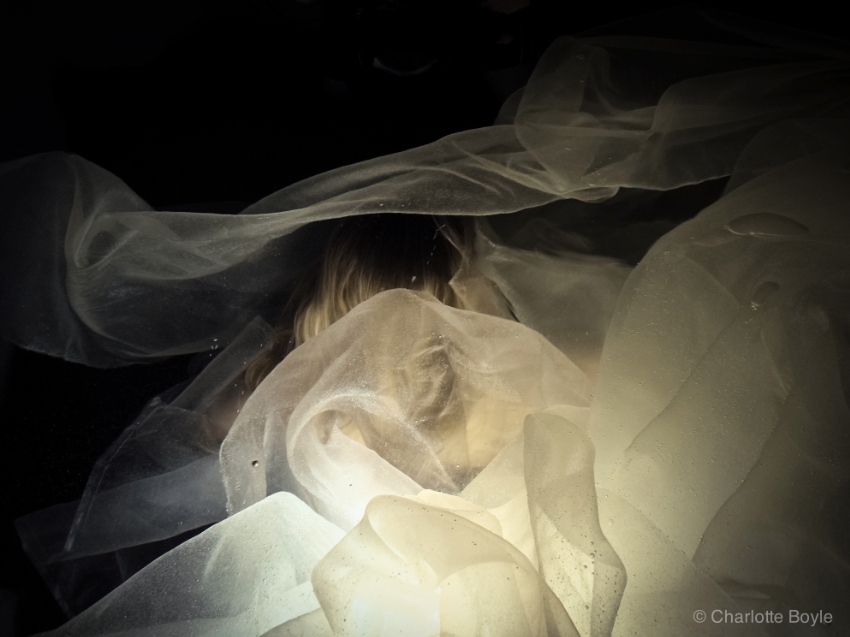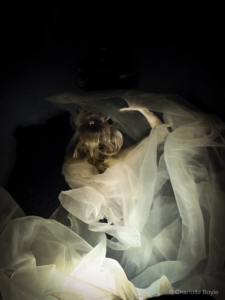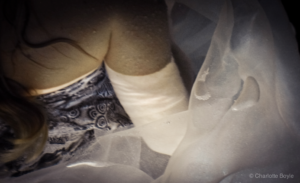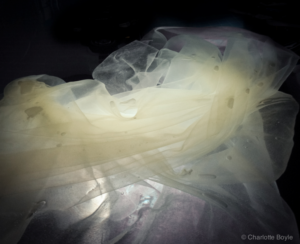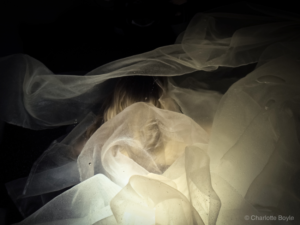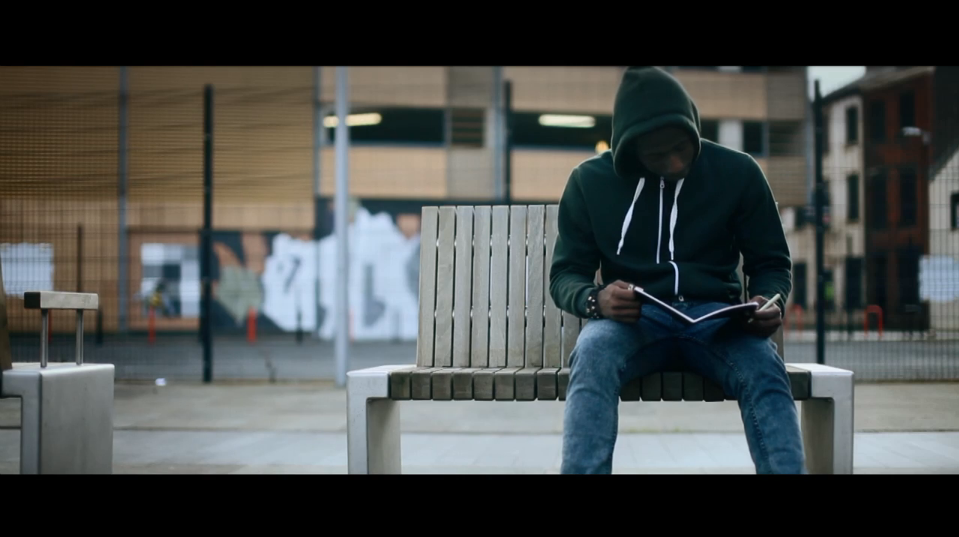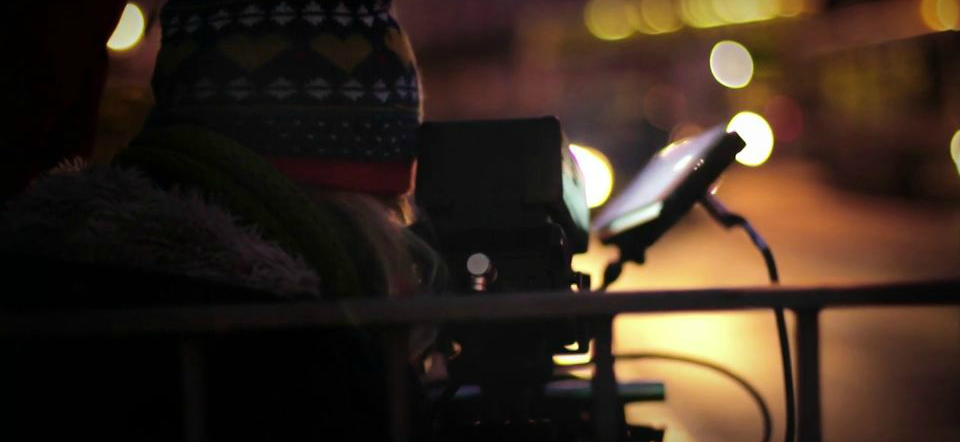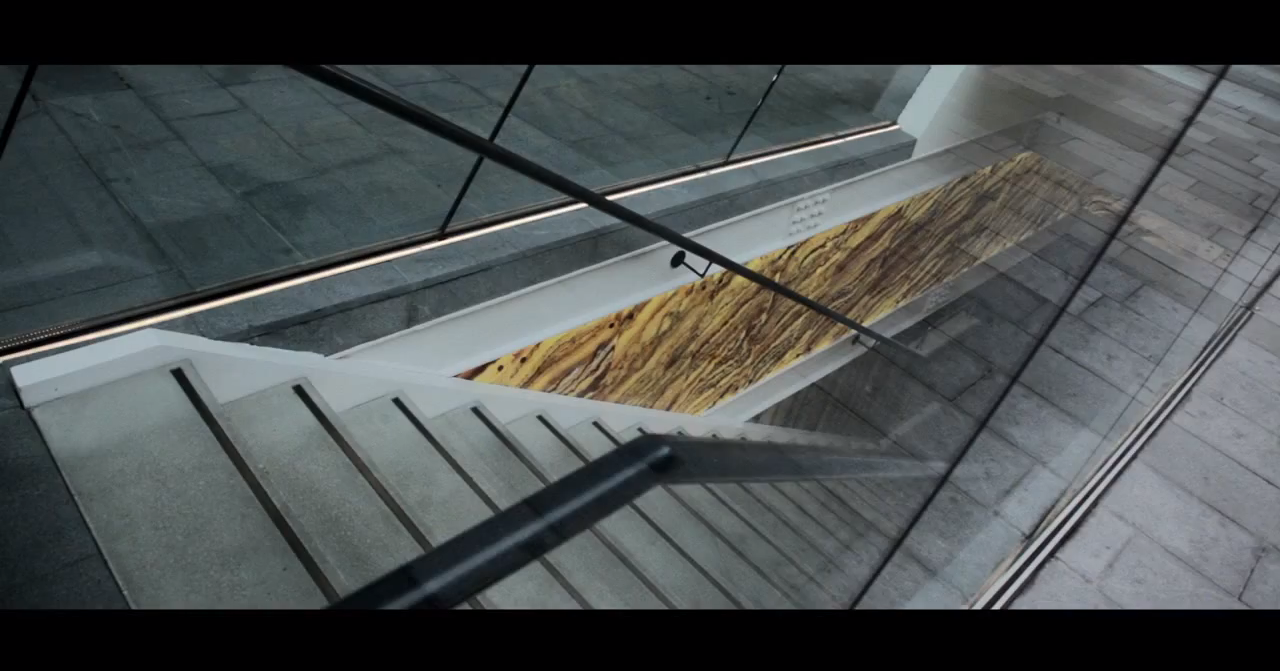Principal photography has wrapped on a short new film I’m producing, and my year long ambition to create a conceptual underwater piece moves that little bit closer to the finishing line with the help of some lovely people.
Firstly, big thanks go to underwater cameraman extraordinare, Gisle K. Sverdrup. Getting him on board meant bags of professional expertise and the chance to play with an EX1R in a Gates housing. Secondly, to Salford Diving Club. This included Sophia Dahl as model and absolute star, as well as Chris Barton and Paul Walker as safety divers who generously loaned their wreck lights and helped keep a large amount of unruly crystal organza under control.
***
UPDATE: The film has since been shortlisted for the Student RTS Awards.
Behind the scenes snaps:
The Nereid Project came about due to my wish to explore colour research and grading techniques. Initial discussions with colourists in the industry had highlighted the importance of memory colours within their work, therefore, due to the complicating effect water has on the colour spectrum, particularly red transmission, it seemed appropriate to investigate the collision between the two.
Moving forward, the aim was to research and create an art piece which could practically demonstrate the extent to which the power of the grade could be leveraged for the filmmaking process. Not only did I wish to explore the latitude in footage manipulation, but also the scope for isolating of individual areas of the frame. I felt this would be particularly important, secondary corrections being something which sets the colourist’s work apart from plugin presets, such as Magic Bullet, which largely provide a colour wash across the entire frame, rather than a nuanced and subject-specific adjustment. By shooting underwater, this aimed to create a challenging scenario where this performance could be displayed and explored to the maximum.
Having now reviewed the footage, this will mean heavy manipulation to achieve a reasonable white balance, particularly as the red spectrum, and therefore those crucial skin tones, are the first to be lost. Multiple secondary isolations and some dramatic relighting will also be required to achieve the best possible results.
Looking forward to getting this into the edit suite!
The above text is adapted from my Production Notes which formed part of my Masters’ Thesis, Memory Colours and Making the Grade: What Challenges Does Filming Underwater Create for the Colourist, and Why Does It Matter? (© 2014).

